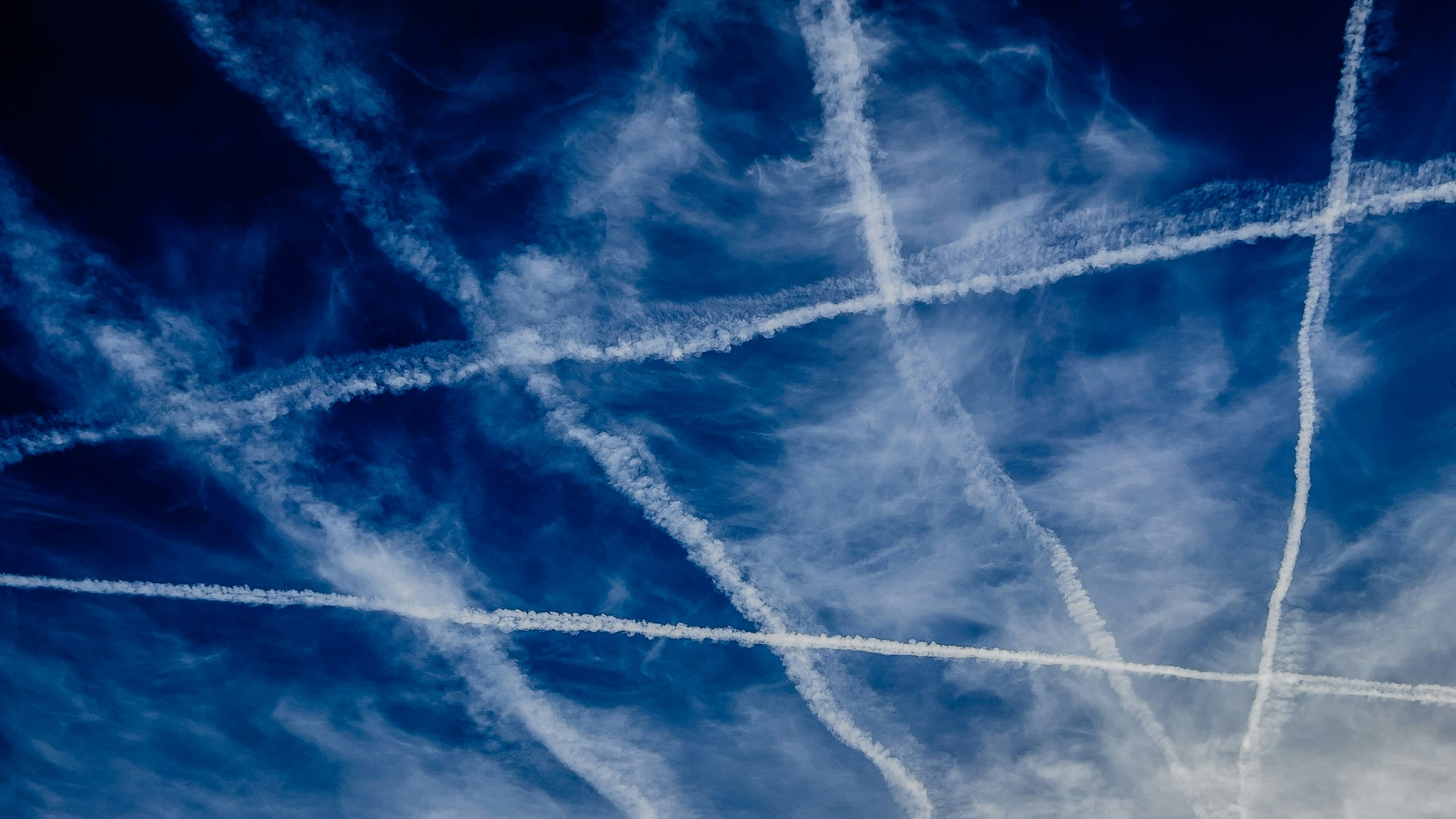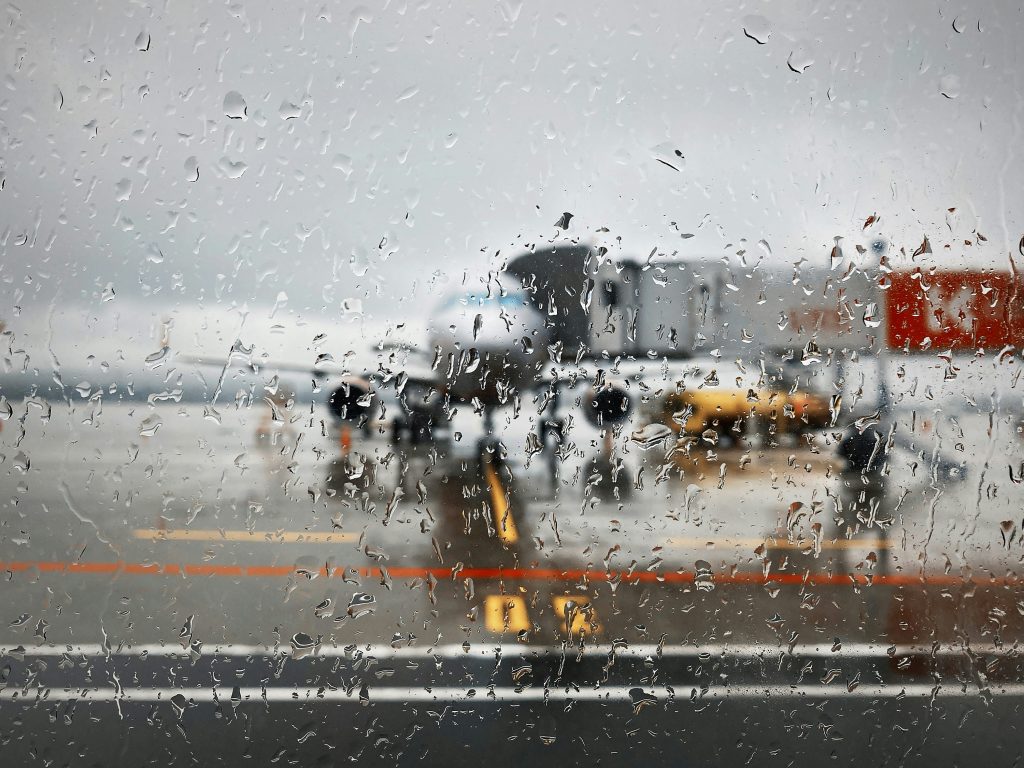The Whirling Dervish of Destruction: Navigating the New Normal of Tornado Alley
The sky churns, a canvas of bruised purple and angry grey. The air crackles with an almost palpable tension, a silent scream before the storm. It's a scene becoming increasingly familiar across vast swathes of the American South: the prelude to a tornado. But this isn't just another weather report; it's a snapshot of a changing climate, a shift in the very rhythm of nature that demands a new approach to preparedness and awareness.
The old adage of 'duck and cover' feels woefully inadequate in the face of increasingly unpredictable and intense weather patterns. We're no longer dealing with the predictable seasonal occurrences; instead, we're witnessing a blurring of lines, with tornado activity springing up in unexpected months and regions, catching communities off guard.
Consider the recent alerts that spanned multiple states, from Georgia to Alabama, Tennessee to Florida. They weren't isolated incidents; they were threads in a larger tapestry of extreme weather events, a reminder that the forces of nature are growing ever more volatile. The very language used by meteorologists – 'severe thunderstorms capable of producing both tornadoes and extensive straight-line wind damage' – paints a picture of dual threats, a double whammy of destruction that demands vigilance and proactive measures.
Beyond the Basement: A Holistic Approach to Tornado Safety
Traditional tornado safety measures, while still vital, are no longer enough. Hiding in a basement or interior room remains crucial, but a comprehensive approach requires a deeper understanding of the risks and a commitment to community resilience.
Think of it like preparing for a chess match against an unpredictable opponent. You need to anticipate their moves, analyze the board, and have contingency plans ready. In the case of tornadoes, this means:
- Enhanced Early Warning Systems: Imagine a network of weather sensors acting like a sensitive nervous system, detecting the slightest atmospheric tremor and relaying information in real-time. This requires investment in advanced radar technology and AI-powered prediction models that can provide earlier and more accurate warnings.
- Community-Based Education Programs: Knowledge is the most powerful weapon against fear and panic. Empowering communities with the skills to identify warning signs, understand evacuation routes, and administer first aid is paramount. Think of town hall meetings transformed into interactive workshops, complete with simulations and expert guidance.
- Infrastructure Resilience: Building codes need to adapt to the new reality of extreme weather. This means constructing homes and businesses that can withstand higher wind speeds and reinforcing critical infrastructure like power grids and communication networks. Visualize homes designed with reinforced storm shelters, acting as safe havens within the community.
- Personal Emergency Plans: Every household should have a detailed emergency plan, including a designated meeting point, a supply kit stocked with essentials, and a communication strategy for staying connected with loved ones. Consider it a family roadmap for navigating the storm, ensuring everyone knows their role and responsibilities.
The Psychological Impact of Uncertainty
Beyond the immediate physical dangers, the constant threat of tornadoes takes a toll on mental health. The anxiety and fear associated with unpredictable weather can lead to chronic stress and even post-traumatic stress disorder. Addressing the psychological impact of these events is crucial for building community resilience. Providing mental health resources and support networks can help people cope with the emotional burden of living in tornado-prone areas.
The increased frequency and intensity of tornadoes are a stark reminder of the changing climate. The economic costs are substantial, with billions of dollars in damages and untold human suffering. But the true cost extends beyond monetary figures. It includes the loss of lives, the displacement of families, and the erosion of communities.
Moving forward, the response requires a multi-faceted approach, one that integrates scientific advancements, community engagement, and individual preparedness. It's about learning to live with the whirling dervish of destruction, not with fear, but with knowledge, resilience, and a collective commitment to safety. The future demands that we become active participants in our own survival, forging a new normal where communities are not just vulnerable, but empowered to face the storm head-on.










